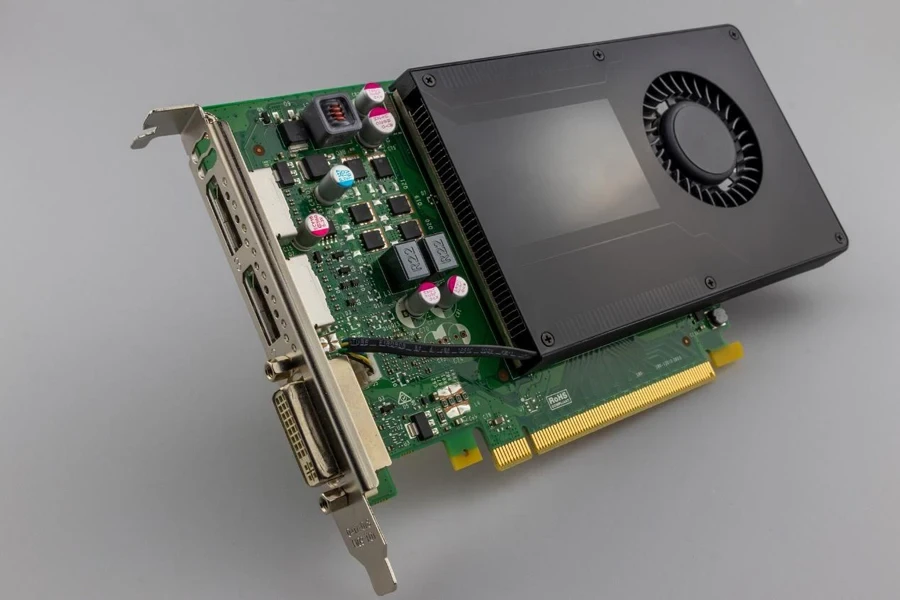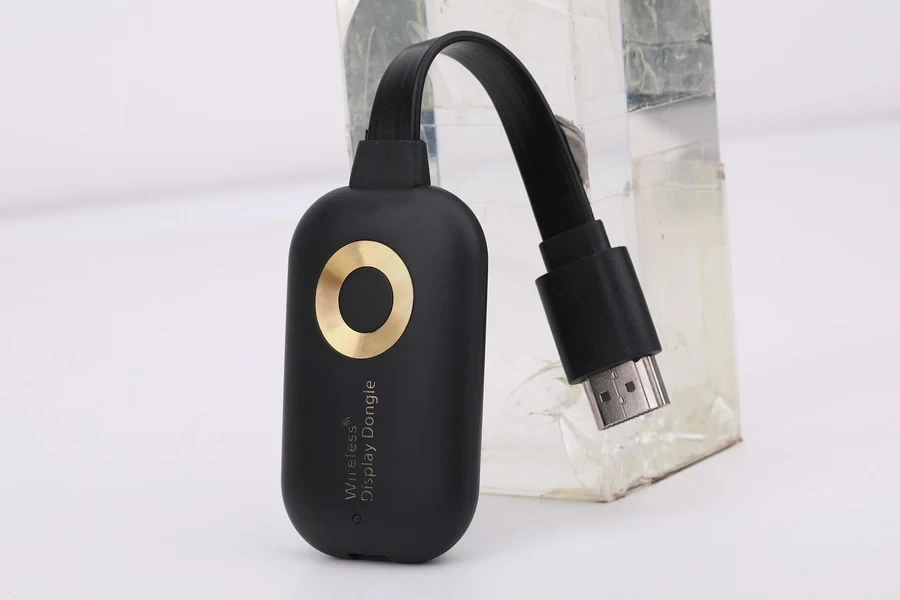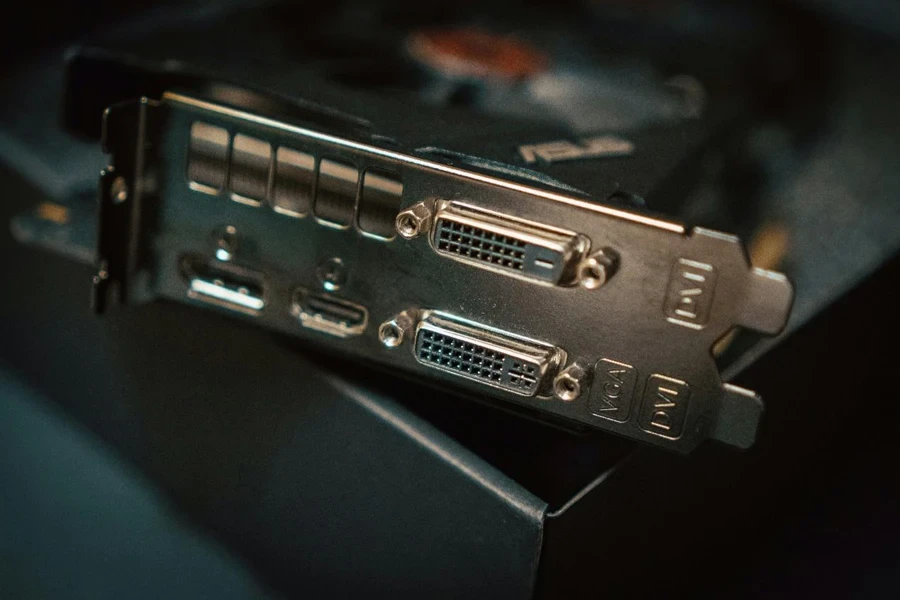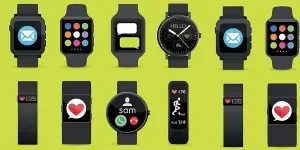Both DP and HDMI are widely used digital video and audio interface standards used to connect monitors, televisions, and other display devices to computers, game consoles, video players, and more. The interface you choose usually depends on your device support and your specific needs.
If you need to connect multiple monitors or require a higher refresh rate, you may be inclined to choose DisplayPort. If your device is primarily a home theater system, HDMI may be the more common choice. This article will explore the differences and the markets behind them, showing businesses which products are more popular and why.
Table of Contents
What Are DP and HDMI?
Development history
Development history of HDMI
Development history of DP
The global market size
DP vs. HDMI: Key differences and purchasing trade-offs
Bandwidth and resolution support
Audio support
Chromatographic support
Refresh rate and response speed
Compatibility and popularity
Transmission distance
DP vs. HDMI: Which is more popular today?
Summary
What are DP and HDMI?
The DisplayPort (DP) interface is a high-definition digital display interface standard developed by the Video Electronics Standards Association (VESA). It is widely used in computers, monitors, projectors, and other devices to support high-quality audio and video transmission. It can be divided into standard DP interface, DP+ + interface, and mini interface.
HDMI (High Definition Multimedia Interface) is a digital video/audio interface technology widely used to connect various multimedia devices, such as smart TVs, set-top boxes, projectors, etc. HDMI interfaces can transmit audio and image signals at the same time, and the highest data transmission speed can reach 18 Gbps without the need for digital/analog or analog/digital conversion before signal transmission, which ensures the efficient transmission and high quality of the signal. It can be divided into a variety of models, like A, B, C, D, and E, with different appearance characteristics and application scenarios.

Development history
Development history of HDMI
HDMI 1.0 (2002): This is the first version of the HDMI interface, whose biggest feature is the integration of audio streaming digital interface, to achieve the simultaneous transmission of audio and video signals. It supports video streaming from DVD to Blu-ray formats and has CEC (Consumer Electronics Control), which forms a common connection between all connected devices and facilitates the control of the entire device group. However, the transmission bandwidth at this time is relatively limited, and the data transfer rate is 4.95 Gbps.
HDMI 1.4 (2010): 3D video transmission is supported for the first time, providing support for the development of 3D movies, games, and other applications. At the same time, it also adds the Ethernet channel function, allowing devices to connect to each other via HDMI cables, reducing the number of connections between devices.
HDMI 2.1 (2017): The bandwidth is greatly increased to 48 Gbps, which can support images up to 7680×4320/60 Hz (8K/60p) or higher frame rate images at 4K/120 Hz. Support for the new dynamic HDR technology, compared to the previous “static” HDR, “dynamic” HDR can ensure that every scene and even every frame of the video has the depth of field, detail, brightness, contrast, and the ideal value of the wider color gamut. In terms of sound, it supports the new eARC (Enhanced Audio Return Channel) technology, which can deliver high bit rate 3D surround sound frequencies directly to the device.
Development history of DP
DisplayPort 1.0 (2006): The Video Electronics Standards Association (VESA) published the first DisplayPort standard. This version provides high-bandwidth and low-latency channels for transmitting synchronous data streams such as uncompressed video and audio. This is the starting point of the DP interface, which lays the foundation for its subsequent development.
DisplayPort 1.3 (2014): The data transfer rate is further increased to 32.4 Gbps, adding additional protocol flexibility to better meet the display needs of high resolution, high refresh rate, and high color depth.
DisplayPort 2.1 (2022): Backward compatible and replacing the previous version of DisplayPort 2.0, the DisplayPort cable standard is updated to optimize full-size and mini DisplayPort cable configurations, improve their robustness, enhance connection quality, and increase cable length without compromising ultra-high bit rate performance.

The global market size
According to data from Fortune Business Insights, the global consumer electronics market has witnessed increasing use of audio and video devices, such as TVs, game consoles, and audio players, which is the main driver of the HDMI cable market. The need for HDMI cables is directly related to the need to connect various devices and ensure high-quality audio and video transmission.
The HDMI cable market size is expected to grow from US $3.12 billion in 2023 to US $4.47 billion in 2031, with a projected compound annual growth rate (CAGR) of 4.6% from 2023 to 2031. Advancements in HDMI cable technology are likely to continue to be a key trend in the HDMI cable market. Similarly, the global DisplayPort cables market size is projected to reach approximately US $1.8 billion by 2032 from US $1.1 billion in 2023, growing at a CAGR of 5.6% during the forecast period.

DP vs. HDMI: Key differences and purchasing trade-offs
Bandwidth and resolution support
DP interfaces typically offer higher bandwidth. For example, DP 1.4 supports up to 32.4 Gbps of bandwidth, while HDMI 2.1 has 48 Gbps of bandwidth. This means that DP can support higher resolutions and refresh rates, such as 8K/60 Hz or 4K/120 Hz. HDMI 2.1 can also stream video at 8K/60 Hz or 4K/120 Hz.
Audio support
HDMI supports more audio formats, such as DTS:X, Dolby Atmos, etc., for home theater settings. DP supports fewer audio formats than HDMI but still includes a variety of hi-fi audio formats.
Chromatographic support
HDMI mainly supports sRGB chromatography, while DP supports a wider range of chromatographs, including DCI-P3, which is useful for professional image processing and video editing.
Refresh rate and response speed
In the display of high refresh rate, DP is more advantageous. HDMI, in some high refresh rate and high-resolution displays, may not be perfectly compatible. For example, there will be picture distortion, blur, and other problems. DP can usually provide a smoother display effect and is more suitable for users such as esports players who require a higher refresh rate.
At the same resolution, DP can support a higher refresh rate, faster response, and reduce screen latency and dragging.
Compatibility and popularity
DP: Mainly used in the PC industry and high-end displays, it finds widespread use in professional graphics workstations, e-sports equipment, and other scenarios. Because its launch time is relatively late, and the early promotion is not as strong as HDMI, it is relatively low in popularity. However, with the continuous development of technology and the increasing demand of users for high-resolution and high refresh rate displays, the application of DP interfaces is also gradually expanding.
HDMI: It is one of the most mainstream HD interfaces at present, widely used in TVs, projectors, game consoles, Blu-ray players, and other consumer electronic devices. Also, its compatibility is very good. Almost all televisions and most audio and video equipment are equipped with HDMI interfaces, so it has a wide range of applications in home entertainment, business display, and so on.
Transmission distance
DP: Generally speaking, the transmission distance of a DP line is relatively short. The ordinary DP line can have stable transmission at about 10 meters. Using special materials, such as fiber cables, can extend the transmission distance, but the cost will increase.
HDMI: The transmission distance is relatively long compared with DP. Conventional HDMI cables can maintain a good signal transmission quality within 15 meters; their transmission distance can be further extended by using equipment such as signal amplifiers.

DP vs. HDMI: Which is more popular today?
HDMI is currently more popular than DP. HDMI is not only used in TVs, projectors, set-top boxes, and other display equipment but is also widely used in automotive entertainment, home appliances, and other fields. For example, PS5, Xbox, and other game consoles and various Blu-ray players, digital set-top boxes, and other multimedia devices all use HDMI interfaces as signal output. It can be said that HDMI almost covers a wide range of multimedia entertainment scenarios in people’s daily lives.
Although the popularity of DP in TVs, set-top boxes, and other home appliances is far less than HDMI, in some high-end areas, such as PCs, high-end GPUs, and high-end monitors, the use of DP is preferred. Just because it’s more popular does not necessarily mean it’s more appropriate. If you are enthusiasts in pursuit of better refresh rate and resolution, etc., you can also choose DP.
Summary
In general, HDMI and DP have their respective advantages, and which interface to choose depends on the specific use scenario and device needs. For users who pursue high resolution and high refresh rate, DP may be more advantageous, while for users who need a wide range of device compatibility, HDMI may be a better choice.




